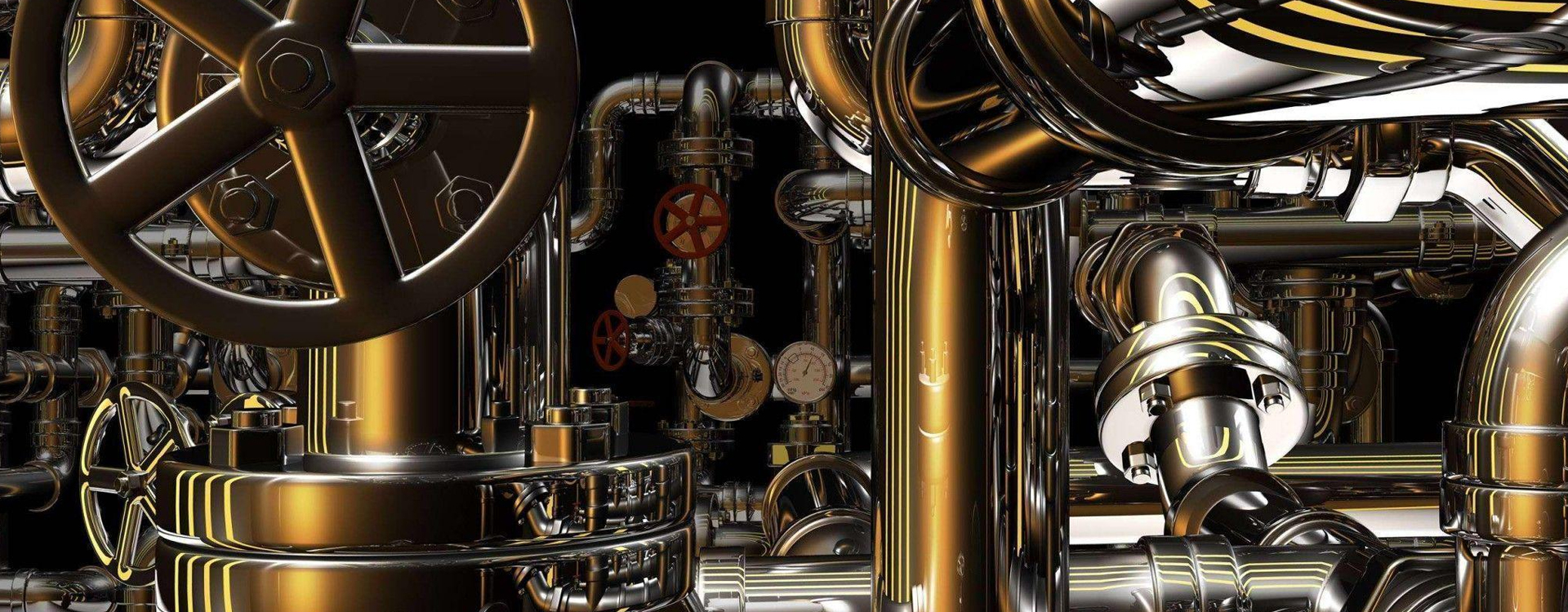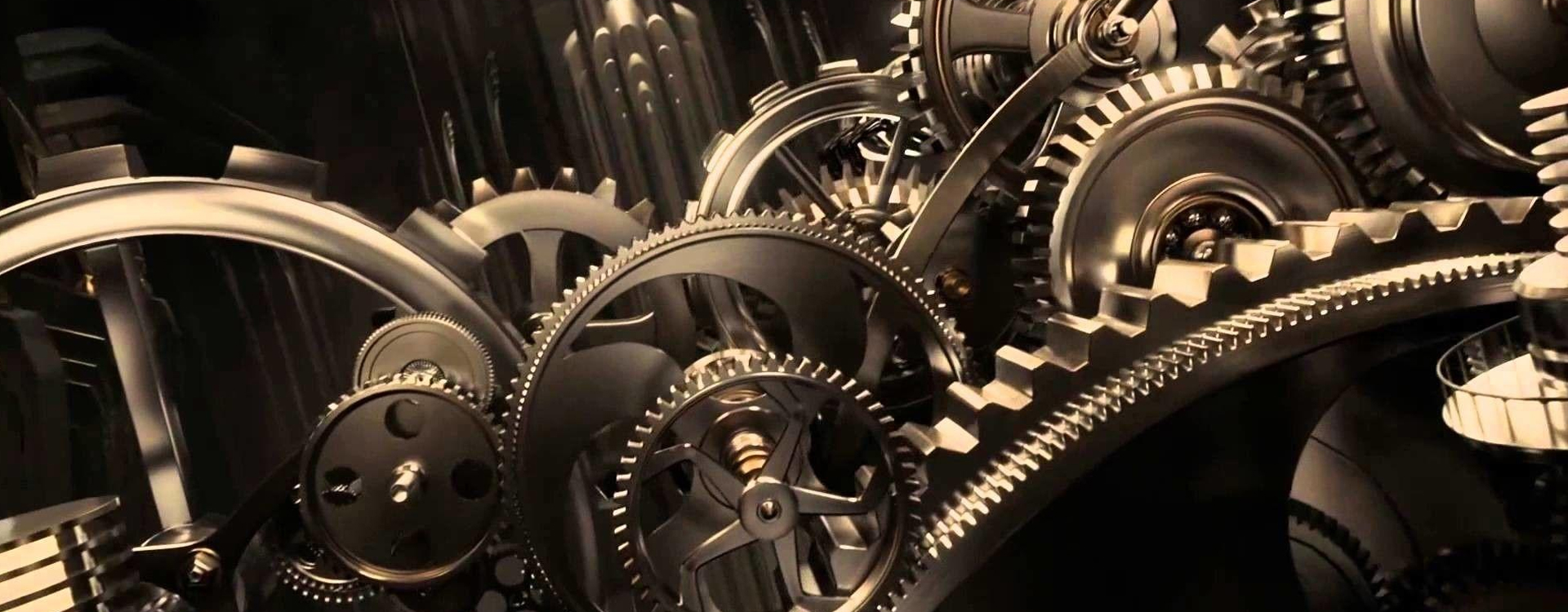Seminar Details
Since the dawn of the industrial age, workplace vibration has significantly impacted people's ability to work comfortably. In general, supporting surface vibration exposes drivers and passengers of vehicles and machines to whole-body vibration (WBV). In the past, some researchers used real people as test subjects to determine their biomechanical characteristics (mass, stiffness and damping) and predict their biodynamic responses (seat-to-head transmissibility (STHT), apparent mass (AM) and driving point mechanical impedance (DPMI)). Discomfort, musculoskeletal disorders, fatigue, structural alterations in the lumbar area, back pain, muscular pain, disc degeneration, and annoyance are typical risks that humans experience due to WBV. To get past these problems, researchers strive for an alternative to experimentation that can generate comparable results. The first step in achieving this would be to create a biomechanical model with a human-like structure and enforce enough complexity to replicate or depict real people. The segmental vibration transmissibility ratio, power absorbed, ride comfort analysis, and damage estimation is a few uses of biomechanical models. These valuable benefits inspired the author to create biomechanical models that accurately imitate the biodynamic responses of actual humans in a seated posture.
Regular experiments on humans are impractical, unethical, and dangerous because they are highly sophisticated, complex dynamic structures. As a result, a 10-dofs (degrees of freedom) lumped parameter biomechanical model without backrest support in seated posture is created for quantitative and qualitative analysis. The human body is symmetrically divided about the sagittal plane into a head, thorax, abdomen, pelvis, upper arm, forearm, and hand, without a backrest and lower limbs, while the steering wheel is ignored in the analysis. Mass, springs, and dampers are sequentially connected to these body segments to imitate humankind's structure. Newton's second law on each segment is implemented by presuming that each segment has one degree of freedom in a vertical direction. The equation of motion for each segment is derived and grouped to obtain global equations of motion (EOMs). The global EOMs obtained in the time domain are converted into the frequency domain using fast Fourier Transformation (FFT). The mechanical parameters (mass, stiffness, and damping) utilized to define the biomechanical model are optimized through the firefly algorithm (FA). A multi-objective function is acquired based on the biodynamic responses (STHT, AM, &
viii
DPMI). The objective function minimized the sum of squares error between the analytical responses and referred experimental data (Boileau et al, 1998) under symmetrical constrains. The effectiveness of the optimized parameters is calculated in terms of goodness of fit (GOF) values. The optimized parameters have shown tremendous performance in terms of GOF values. Also, the impact of these parameters on the peak value of STHT is analyzed.
The subsequent work examines the impact of backrest support on biodynamic responses. The biomechanical model created in the previous section is changed to include backrest support, and a 20-dofs multi-body (MB) is suggested. Here each segment has 2-dofs (vertical & fore-and-aft). The influence of vertical vibration on the fore-and-aft direction and vice versa is incorporated with the help of cross-coupling stiffness and damping parameters to overcome the limitations of 10-dofs biomechanical model. Newton&rsquos-II law is utilized to obtain elemental and global systems EOMs. The global EOMs contain both vertical and fore-and-aft parameters, including cross-coupled parameters. The segmental transmissibility (seat to head, seat to back, and seat to hip) ratios are included in the objective function. The biomechanical parameters are optimized and compared with the experimental studies (Cho and Yoon, 2001). The segmental transmissibility curves are plotted by changing the backrest inclination angle to incorporate the effect of different backrest inclination angles. The segmental transmissibility comparison shows reasonably good agreement between the analytical responses at different backrest inclination angles and experimental responses. A sensitive analysis has been carried out to identify the optimized parameters' effect on STHT. Later the proposed model is coupled to the 7-dofs full car model and performed ride comfort study under harmonic excitation.
The aforementioned model is then modified to include the influence of lower limbs by including thighs, legs, and feet, and a 32-dofs MB model named the passenger model is proposed. A multi-objective function is derived based on two biodynamic responses (STHT and AM) magnitude and phase information. By minimizing the sum squares error between the experimental (Wang et al., 2008) and analytical response, the characteristic parameters of the passenger model are optimized with FA. The effect of the backrest is studied by changing the backrest angle. Later the transmissibility values from seat to upper body segments (head, thorax, abdomen, and pelvis) are identified. Also, the ride comfort analysis is carried out by integrating with a full-car model.
ix
Afterward, the passenger model is updated by holding the steering wheel to include the steering action, and a 32-dofs MB model termed the driver model is proposed. With FA, the characteristic parameters of the driver model are optimized by reducing the sum squares error between the experimental (Wang et al., 2008) and analytical STHT and AM responses. Upon comparison, it is observed that the STHT and AM responses acquired at 240 backrest angle show good agreement under low frequency (<8 Hz) and marginal deviation at high frequency (>11 Hz). From sensitivity analysis, it is observed that the parameters at the pelvis and lumbar support regions significantly impact STHT for the driver model, just as in the passenger model. The transmissibility ratio (TR) in the critical organs (head, thorax, abdomen, and pelvis) reveals that the input vibration has the most significant impact on the head and the least on the abdomen at the resonance frequency.
The work done in this thesis primarily focuses on the development of biomechanical modelling, as well as the analysis and assessment of biodynamic responses of seated occupants. The new aspect of the constructed model is how closely it resembles the actual human being.


